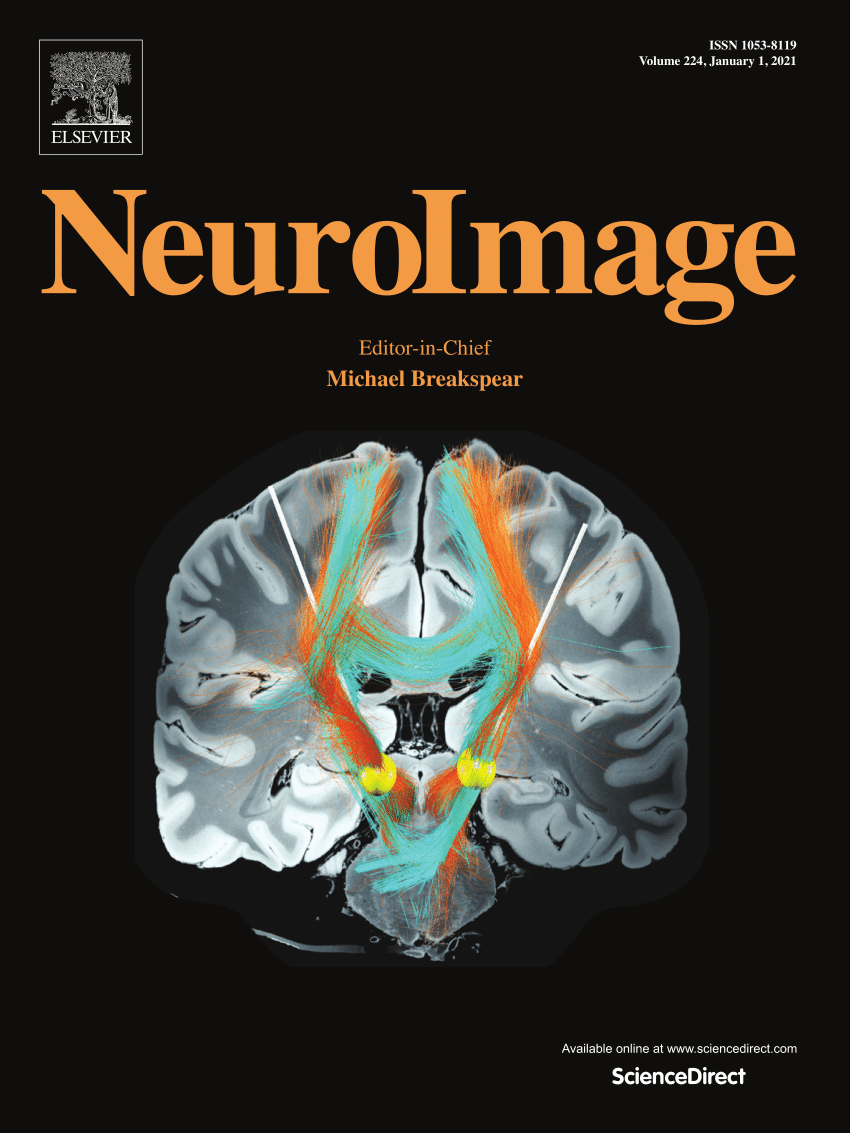强直性肌肉疼痛的安慰剂效应和免惊厥效应的神经机制。
IF 4.5
2区 医学
Q1 NEUROIMAGING
引用次数: 0
摘要
疼痛是一种主观性很强的多维体验,受各种心理因素的影响很大。安慰剂镇痛和惰性超痛感就是这种影响的例证,在这两种情况下,惰性治疗分别会导致疼痛缓解或加剧。虽然大量研究已经阐明了这些效应背后的心理和神经机制,但大多数研究都集中在瞬时疼痛刺激上。为了在强直性疼痛的背景下探索这些机制,我们使用 15 分钟的强直性肌肉疼痛诱导程序进行了一项研究。在通过条件学习诱导安慰剂镇痛和预兆性超痛时,我们收集了实时视觉模拟量表(VAS)评分和功能磁共振成像(fMRI)数据。我们的研究结果表明,安慰剂镇痛比治疗性镇痛更明显,持续时间更长。实时疼痛评分与多个脑区的神经活动有显著相关性。值得注意的是,这两种效应都与普鲁士门有关,而尾状核和其他区域则不同程度地参与了安慰剂效应和安慰剂效应。这些研究结果证实,强直性肌肉疼痛范例可用于研究安慰剂效应和免责效应的机制,并表明安慰剂镇痛和免责镇痛过度可能有更多不同而非共同的神经基础。本文章由计算机程序翻译,如有差异,请以英文原文为准。
Neural mechanisms underlying placebo and nocebo effects in tonic muscle pain
Pain is a highly subjective and multidimensional experience, significantly influenced by various psychological factors. Placebo analgesia and nocebo hyperalgesia exemplify this influence, where inert treatments result in pain relief or exacerbation, respectively. While extensive research has elucidated the psychological and neural mechanisms behind these effects, most studies have focused on transient pain stimuli. To explore these mechanisms in the context of tonic pain, we conducted a study using a 15-minute tonic muscle pain induction procedure, where hypertonic saline was infused into the left masseter of healthy participants. We collected real-time Visual Analogue Scale (VAS) scores and functional magnetic resonance imaging (fMRI) data during the induction of placebo analgesia and nocebo hyperalgesia via conditioned learning. Our findings revealed that placebo analgesia was more pronounced and lasted longer than nocebo hyperalgesia. Real-time pain ratings correlated significantly with neural activity in several brain regions. Notably, the putamen was implicated in both effects, while the caudate and other regions were differentially involved in placebo and nocebo effects. These findings confirm that the tonic muscle pain paradigm can be used to investigate the mechanisms of placebo and nocebo effects and indicate that placebo analgesia and nocebo hyperalgesia may have more distinct than common neural bases.
求助全文
通过发布文献求助,成功后即可免费获取论文全文。
去求助
来源期刊

NeuroImage
医学-核医学
CiteScore
11.30
自引率
10.50%
发文量
809
审稿时长
63 days
期刊介绍:
NeuroImage, a Journal of Brain Function provides a vehicle for communicating important advances in acquiring, analyzing, and modelling neuroimaging data and in applying these techniques to the study of structure-function and brain-behavior relationships. Though the emphasis is on the macroscopic level of human brain organization, meso-and microscopic neuroimaging across all species will be considered if informative for understanding the aforementioned relationships.
 求助内容:
求助内容: 应助结果提醒方式:
应助结果提醒方式:


